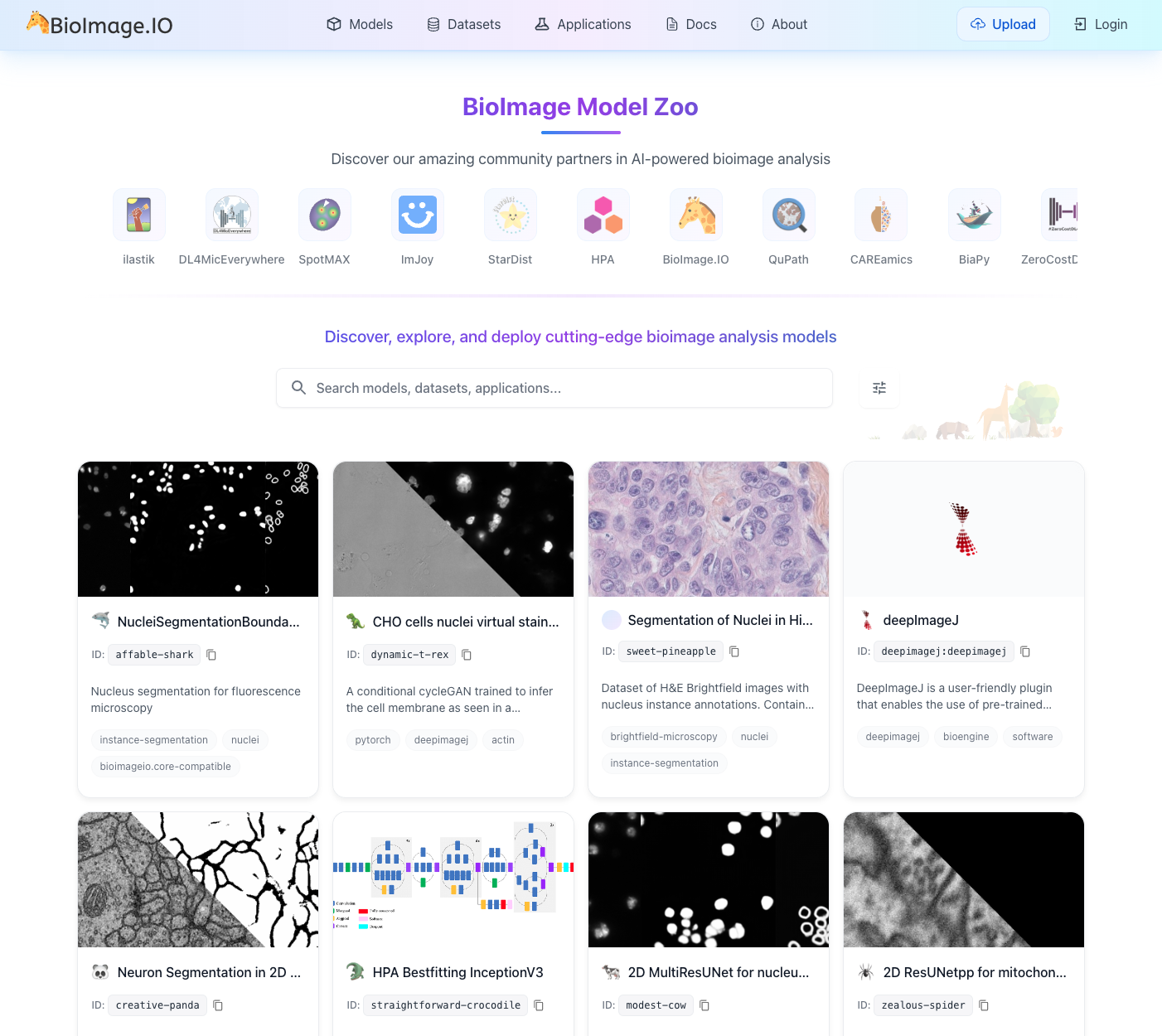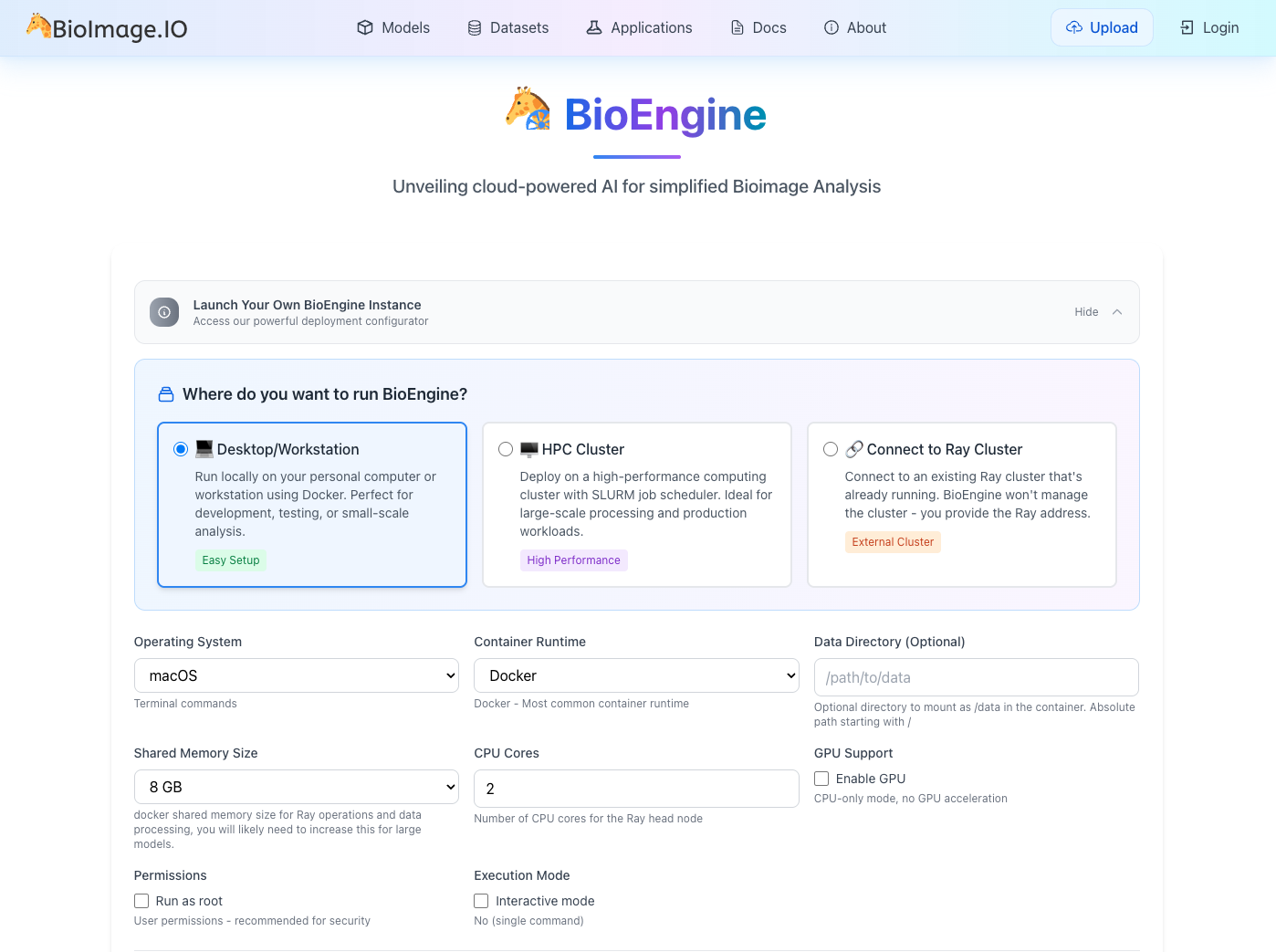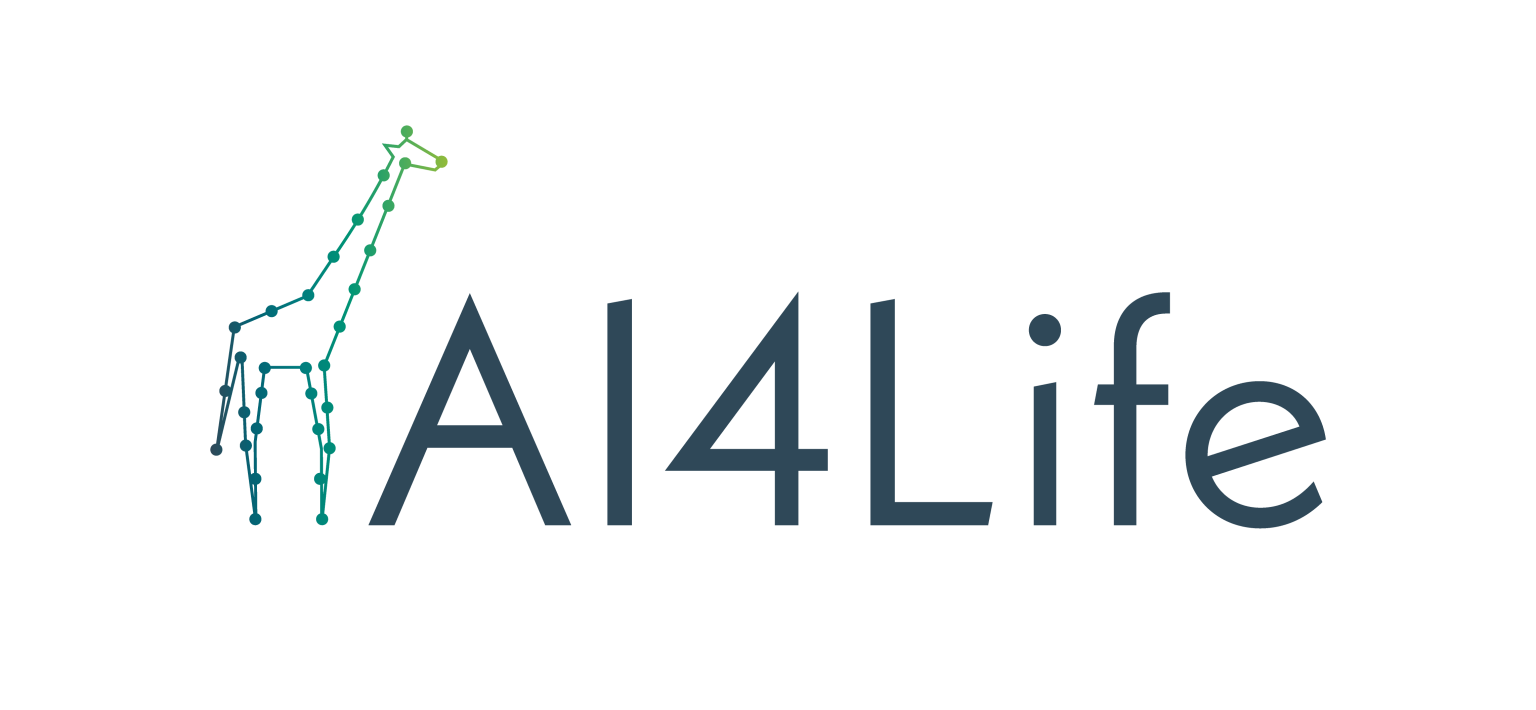Release of the New BioImage Model Zoo Website
The BioImage Model Zoo unveils a complete redesign—offering a more collaborative and interactive platform for the community, with rapid model testing feedback to enhance the contributor experience.
Built as part of the AI4Life project, the revamped platform emerged from the community feedback focused on serving the research community. Early user input revealed that contributor experience is key to enabling greater model ingestion and community engagement. We therefore rebuilt the website from the ground up, focusing on streamlined uploading, testing, validation, and review workflows powered by scalable infrastructure.

What’s new?
The new website comes with a bunch of new features:
- Complete frontend rewrite with enhanced user experience and more powerful model search capabilities.
- Intuitive model uploader with in-browser file editing support, streamlining the contribution process.
- Instant model testing during the upload process, providing immediate feedback and enhanced quality control for contributors.
- Collaborative review interface allowing reviewers to quickly edit, review, and approve models with real-time collaboration tools.
- New Hypha-powered backend featuring advanced artifact management, user login, permission systems, real-time collaboration, and comprehensive APIs for programmatic access—enabling seamless model access and upload.
- BioEngine server infrastructure powered by Ray, enabling robust model test runs and scalable compute resources. It also allows on-premise deployment with an intuitive wizard for easy setup.
- Resilient storage infrastructure backed by S3 storage hosted at EMBL-EBI with automatic Zenodo backup for long-term preservation.
These upgrades transform the entire model sharing experience, whether you’re contributing cutting-edge models, discovering tools for your research, or collaborating with the community to advance reproducible AI in bioimaging. Looking ahead, this new foundation enables us to make AI models even more accessible through intuitive web applications and AI Agents, designed for federated deployment across institutions to bring powerful bioimaging AI directly to researchers worldwide.


Explore the new platform: https://bioimage.io
Behind the scenes: The rebuilding process was supercharged by the emergence of AI coding assistants—tools enabled rapid frontend development and backend integration, showcasing how “vibe coding” can accelerate scientific software development.
